La Sportiva Kilo
We tested in preview the brand new La Sportiva Light skimo boot
- Author: Michele Guarneri
- Photographer: Michele Guarneri
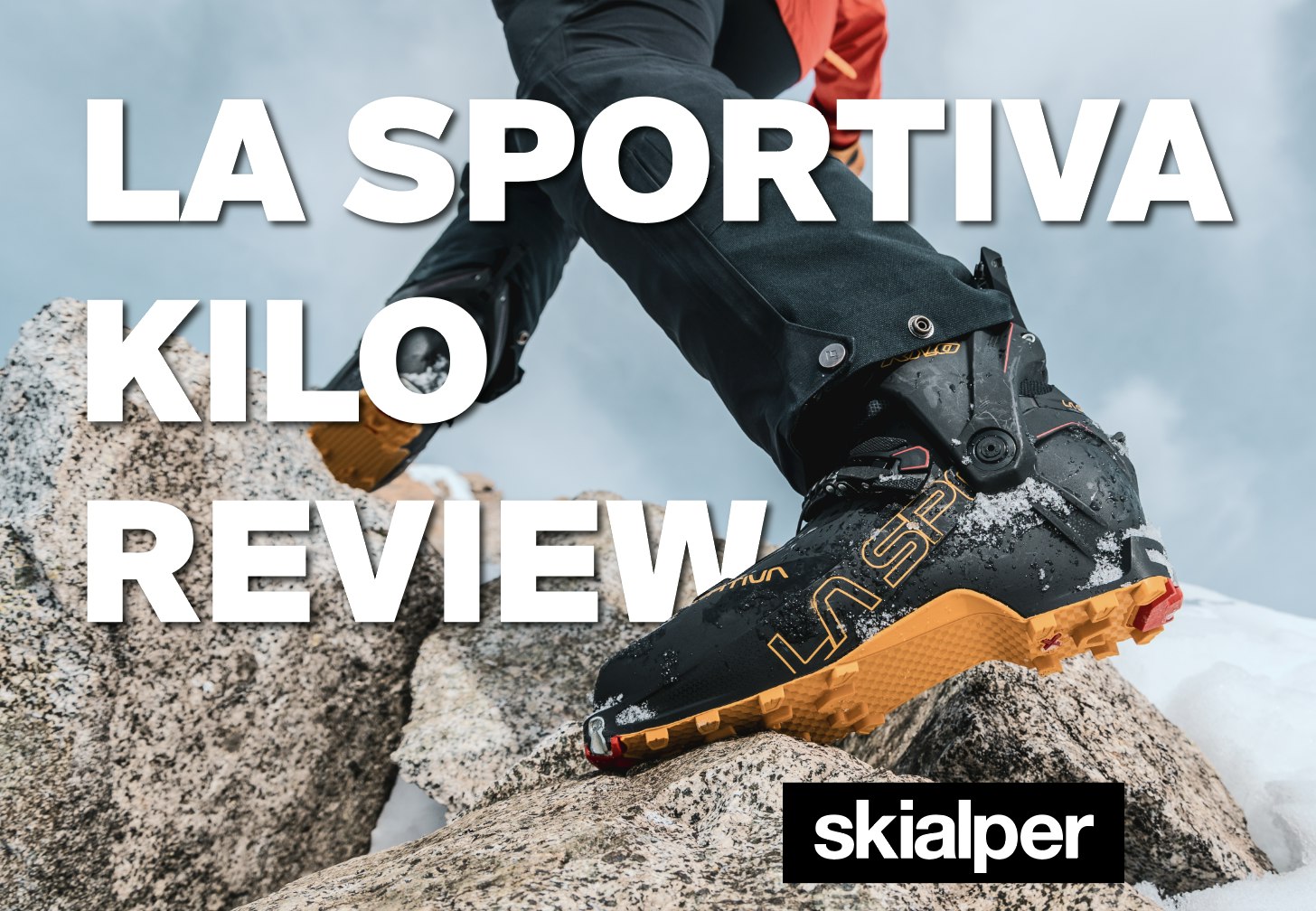
“A carpenter, a landscape photographer and a climber wake up one day and decide to develop a ski touring boot that walks like a dream on the uphill, is fun on the down and weighs just a kilo.”
No, non è l’inizio di una delle classiche barzellette da settimana enigmistica, anche se potrebbe tranquillamente ingannare gli ignari lettori poco aggiornati sulle novità del mondo skimo. È la storia di Kilo, il nuovo prodotto di punta di casa La Sportiva, in arrivo sul mercato per la prossima stagione invernale, che stando ai primi insight potrebbe diventare un vero e proprio game changer nello scialpinismo leggero.
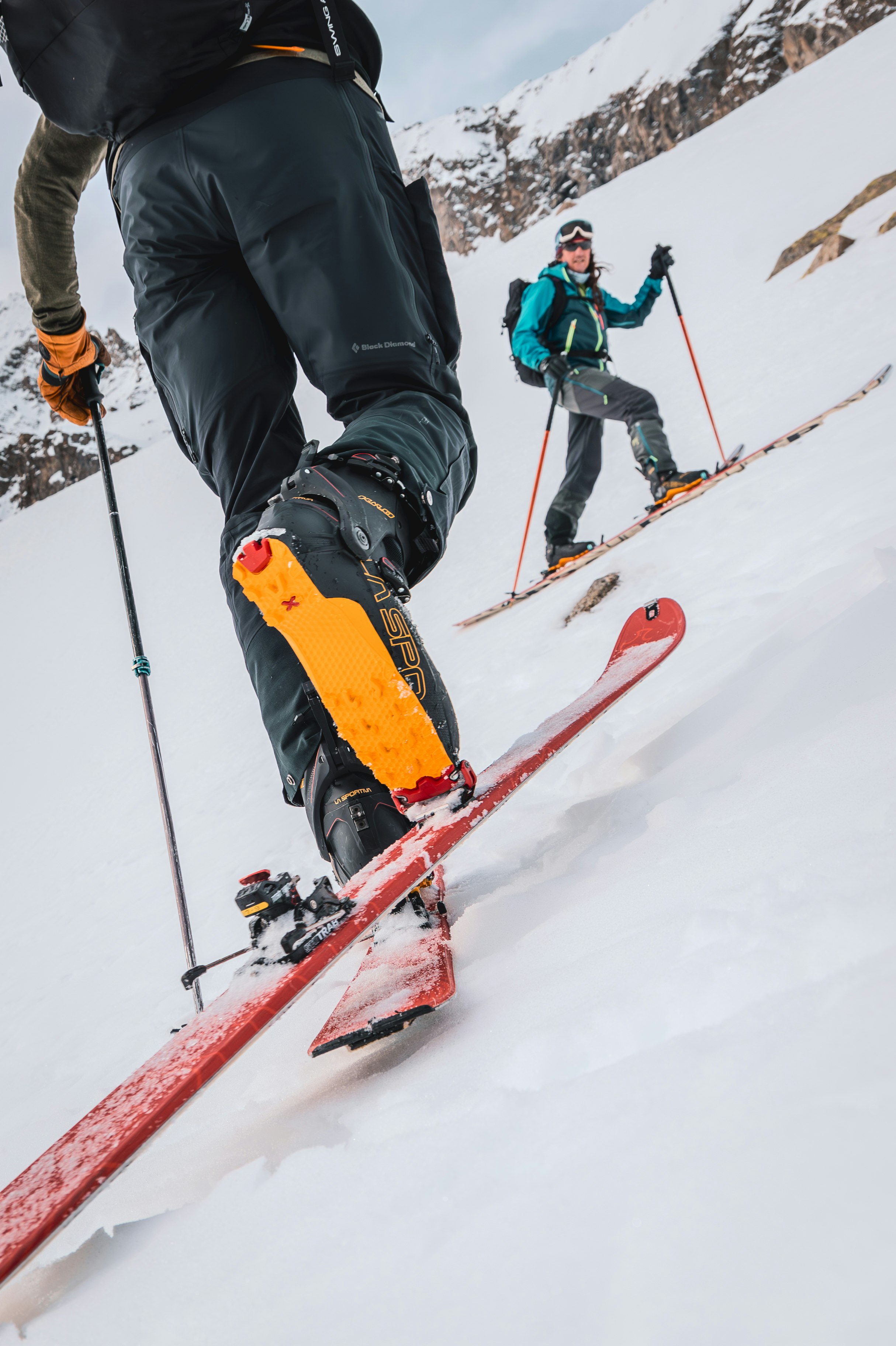
The carpenter is Mauro Delvai, Ski Mountaineering Product Specialist; the landscape photographer is Davide Brugnoli, Ski Mountaineering & Hardgoods Product Manager; and the climber is Stefano Frati, Brand Product Marketing Manager. They are just three of the many people behind the development of this cutting edge piece of tech, and will be joining us on this warm January morning to check it out.
Davide Brugnoli, Ski Mountaineering & Hardgoods Product Manager La Sportiva
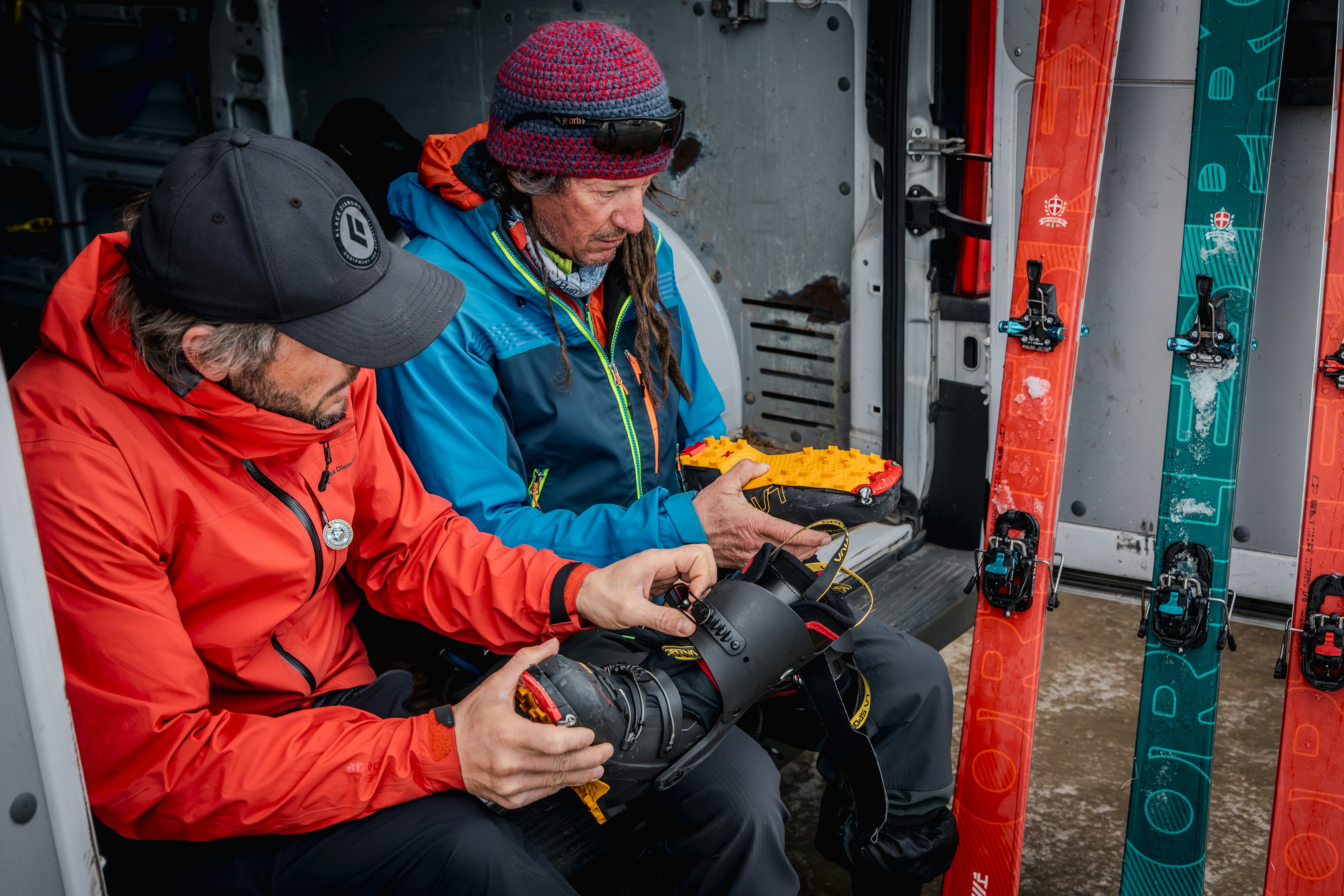
We’re in Passo del Tonale in northern Italy, which we’ve nicknamed Tonale Beach due to the springlike temperatures that make each outing on the snow a tanning session worthy of the best salons.
The unseasonable weather however proves to be the best possible for testing skimo equipment, as the variable conditions throughout the day mean we can test it on everything from hard, icy early morning snow, which with the first rays of sun transform into spring snow, then late spring firn, while in the shade we can still find some powder stashes that have avoided the UV rays.
We’ve chosen the Pisganino route, a firm favorite in the area often used by athletes for training, which starts from the car park next to the Paradiso cable car (or for mere mortals like us, from Passo Presena via the lifts), then descends to Mandrone and heads back uphill for a few hundred meters towards Passo Pisgana. An excellent choice for when you don’t want to make too much effort, as with just 400–500 m of vertical you can ski 2,000 m down to the neighboring resort of Ponte di Legno. It’s an essential tour for anyone passing through the area.
Seeing as we’re in the company of former athletes and alpinists used to different altitudes, who will undoubtedly make us eat their tracks rendering any attempt at conversation next to impossible, we take advantage of the cable car ride up to get the lowdown on the boot. The Kilo is the new La Sportiva offering devised to target the world of ski mountaineering, including its more technical incarnation with lots of transitions and plenty of heart-thumping vertical, both in and out of bounds. It’s a brand new project that (unusually for the sector) doesn’t use pre-existing models, which positions itself in the light touring segment: technical, extremely lightweight, excellent walkability yet powerful in descent.
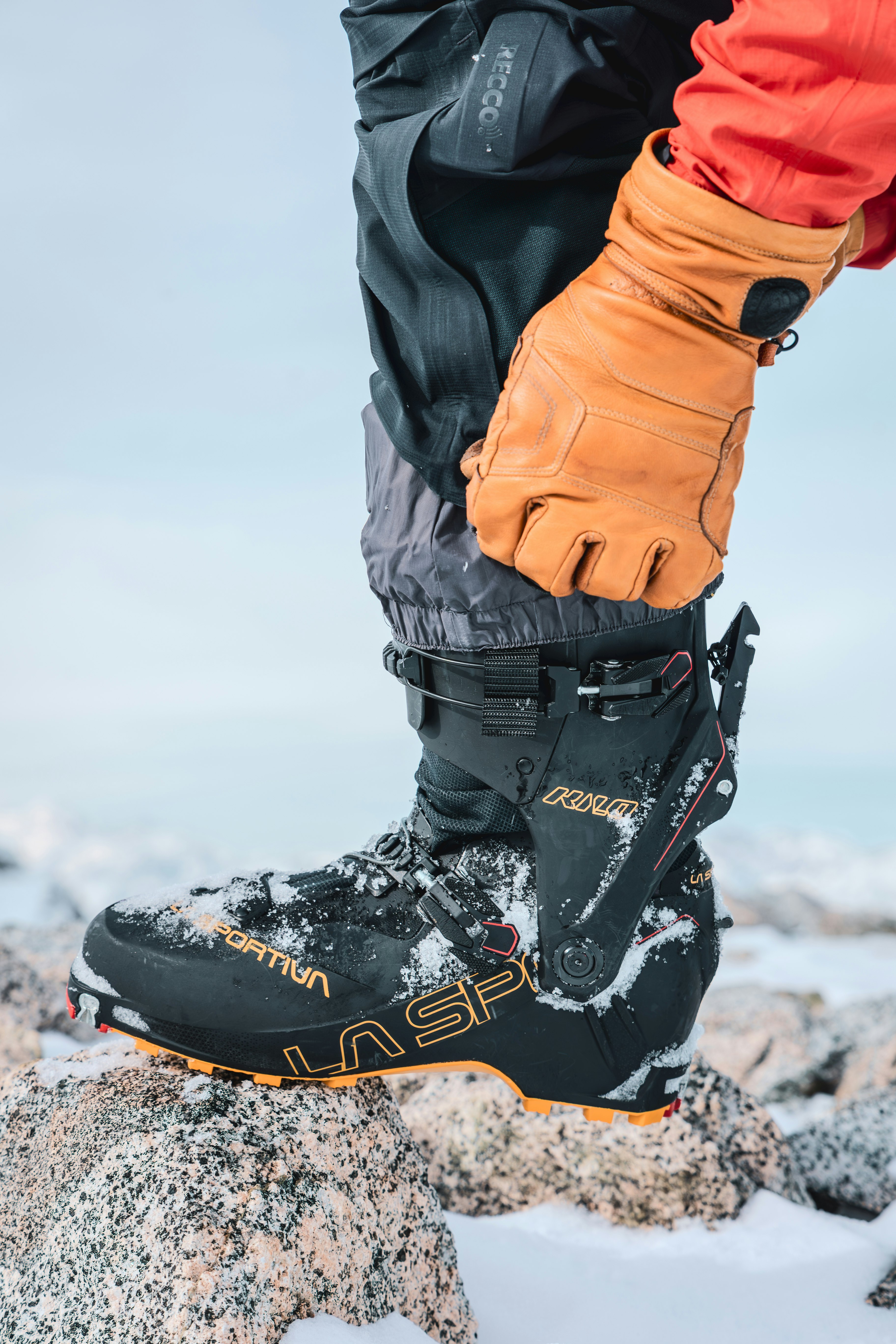
“Ski mountaineering means both uphill and down, ascent and descent, sometimes more than once over the course of the day” says Davide. “When the time came to develop the Kilo, we had only one goal in mind: find the perfect balance between walkability—unprecedented comfort compared to the selective fit of the past— and excellent performance in descent, so you can have fun and ski hard without any worries. No compromises.”
The cable car reaches its destination and we interrupt our conversation to prepare for the first descent down the south face of the valley. We fasten our buckles and clip into our bindings, sliding fast on the still-frozen terrain towards Lake Scuro, weaving between sastrugi and blocks of granite laying in wait beneath a thin layer of ice. The fastest route cuts across high above Lake Mandrone, but to add a little extra vertical gain to the test we decide to take the long way round and ski down to its semi-frozen shore. While we grab our skins and prepare for the ascent, we get back to the topic at hand. “In terms of materials, we went with Grilamid Bio Based LF Carbon for both the shell and cuff. It’s a plant-based mixture derived from responsibly-sourced castor oil from sustainable plantations in dry, remote areas where it’s difficult to cultivate anything else without using agricultural terrain essential to the local population,” explains Mauro, who is wearing two different boots to test the latest modifications made to the liner. Grilamid Bio has the great advantage of being largely immune to fluctuations in temperature. It’s very stable at both high and low temperatures, as well as being loaded with long carbon fibers, an innovation exclusive to the Italian brand. To use these fibers they needed to make custom molds specifically for this project, which also let them experiment with new shapes and volumes for the shells, which have been designed for the light segment with a focus on comfort and larger volumes.
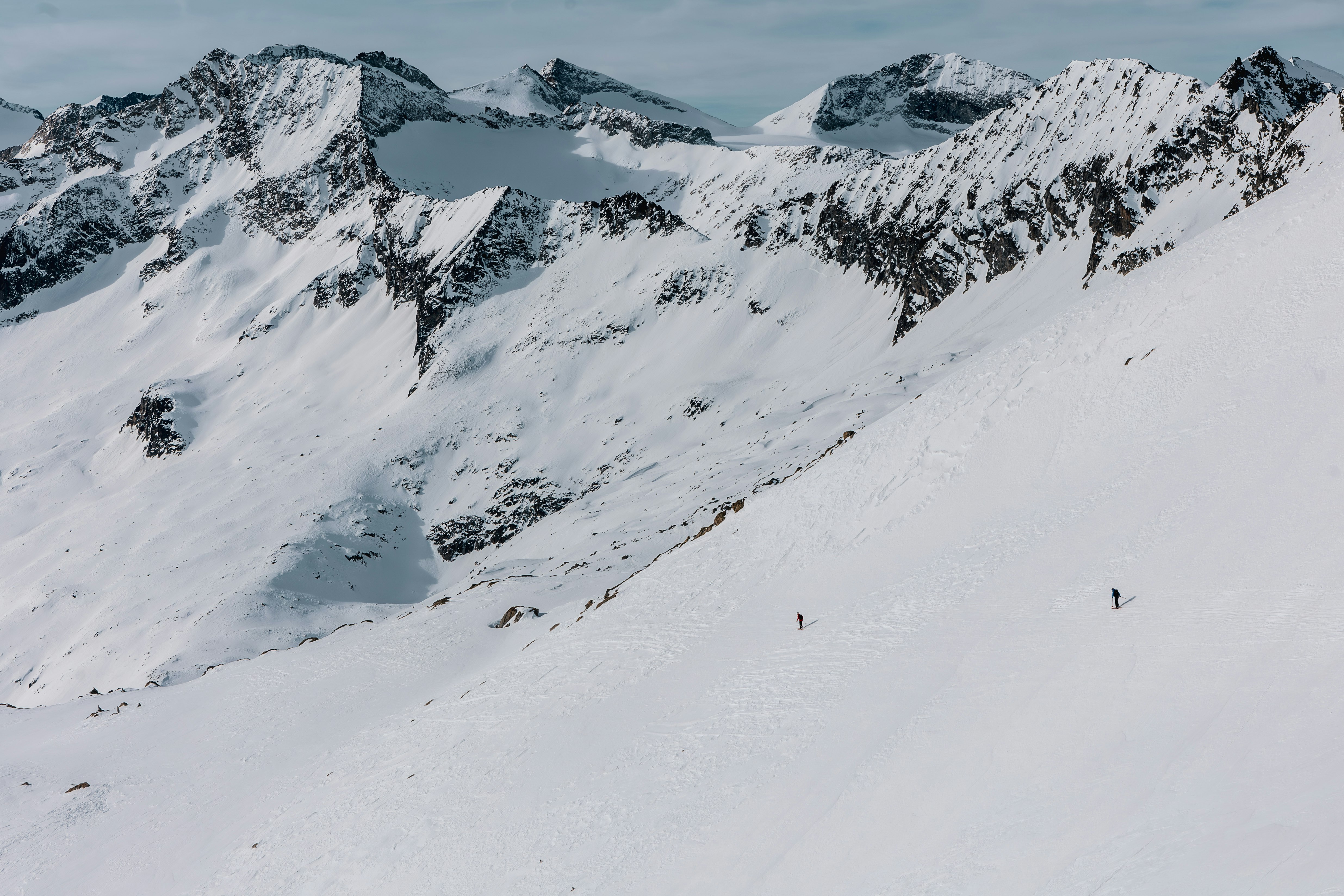
Grilamid Bio has the great advantage of being largely immune to fluctuations in temperature. It’s very stable at both high and low temperatures, as well as being loaded with long carbon fibers, an innovation exclusive to the Italian brand.
“For power in descent, we concentrated on the skeleton structure of the boot, both on the shell and cuff, which let us keep the weight low without compromising on downhill performance,” Mauro continued. “We moved the pivot point down as low as possible so that the cuff tips all the way back for excellent range of motion and hardly any friction when walking. To do this we used a flexible liner reinforced both around the calf to aid descent, and on the tongue so it can support the weight of the skier.”
Then we hit the steep section, interrupting the conversation once again. Behind us the shrinking Pian di Neve snowfield reflects the pale rays of sun poking through the cloud. It’s been a few years since I’ve skied these parts and seeing the dramatic change in the landscape is disturbing. We continue uphill towards Passo Pisgana, following in the tracks of those who had already passed through. In front of our very eyes the terrain opens out onto the Pisganino valley, a long, deep gouge in the landscape that stretches from the Corno di Bedole towards the Val Sozzine. In the distance, on the valley floor, we can make out Ponte di Legno.
The sun peeks out from behind the clouds, illuminating the scene. While we prepare for the descent, Davide and Iac clamber up the rock that leads to the peak of Mt. Payer, to try out the boots on rock and mixed terrain. The sole is made from FriXion Wave Alpine, a compound developed by La Sportiva that drains excess snow and provides excellent grip. The rubber, which also covers a few centimeters around the sides of the boot, offers protection when walking and protects the shell from bumps and scrapes.
Every single component of the Kilo is designed above all with functionality in mind, as well as to look good. The levers and toebox are made from technopolymer, which, like Grilamid, doesn’t change at different temperatures, unlike other plastics or metals. “Using technopolymer meant we could work on the molds to make the levers even more ergonomic with a firmer grip using a specific texture, and we were also able to make two different molds for the right and left levers for a perfect fit,” Davide points out while closing his top buckle after pulling up the anti-snow gaiter. The ski/walk mechanism is clean and simple, it follows the line of the boot perfectly and the mechanical components are integrated into the cuff to stop it from icing over or breaking unexpectedly.
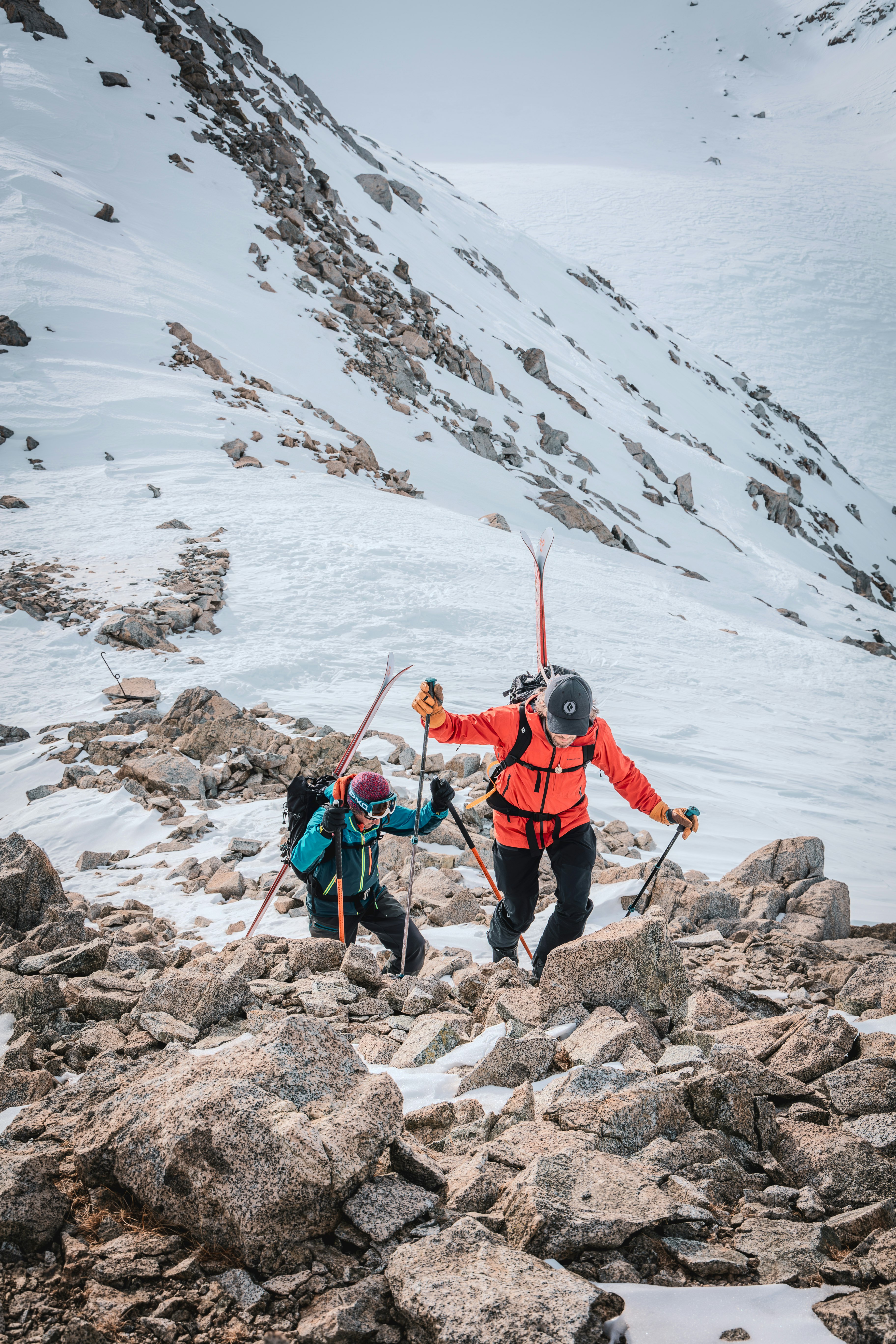
The time has come to make the most of the long descent into the valley. The snow has warmed up enough to make the downhill fun and let our edges get a good grip, save for the odd windswept section. We ski down the middle of the wide Pisganino valley. Iac pops off kickers with the agility of a teenager in a freestyle competition, with a lightness that these days is rare even among the best athletes on the World Cup circuit. We stop to take a few photos before entering a couloir, the most iconic section of the route. After a few hop turns at the narrowest point, we point our tips down the valley, sailing past the imposing blue ice waterfalls of the Val Sozzine. Judging by how the guys ate up the descent, it would seem that the boot more than did its job. We let it rip down the toboggan run that leads to the Ponte di Legno ski area, slaloming between branches and rocks, our quads burning. Despite the difficult conditions, we still managed to find an enjoyable route, and we’re more than happy with how the day turned out.
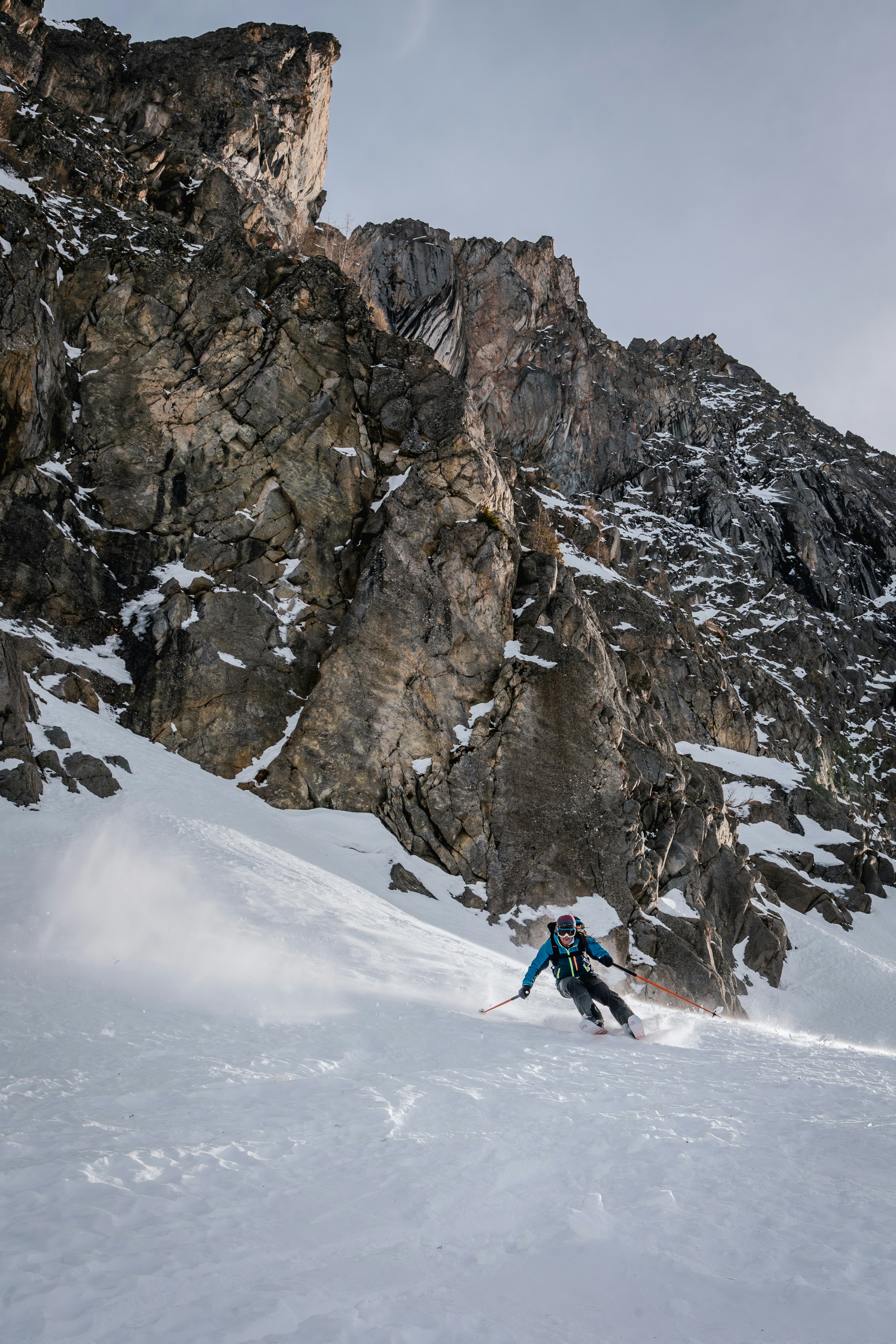
At the car we take a few minutes to note the impressions of our testers, now they’ve had a chance to really get a feel for the Kilo: “Putting it on is easy and intuitive as you can tip the cuff all the way back, slipping your foot into the liner and then the shell, definitely one of its strong points,” says Davide. “Walking is fluid and the cuff mobility is incredible, the only limit is your own ankle’s range of motion. As soon as you put it on you can feel how it’s designed to clock up plenty of vertical.” Iac adds: “In descent the flex is progressive and supportive, being able to adjust the forward lean is a real plus.
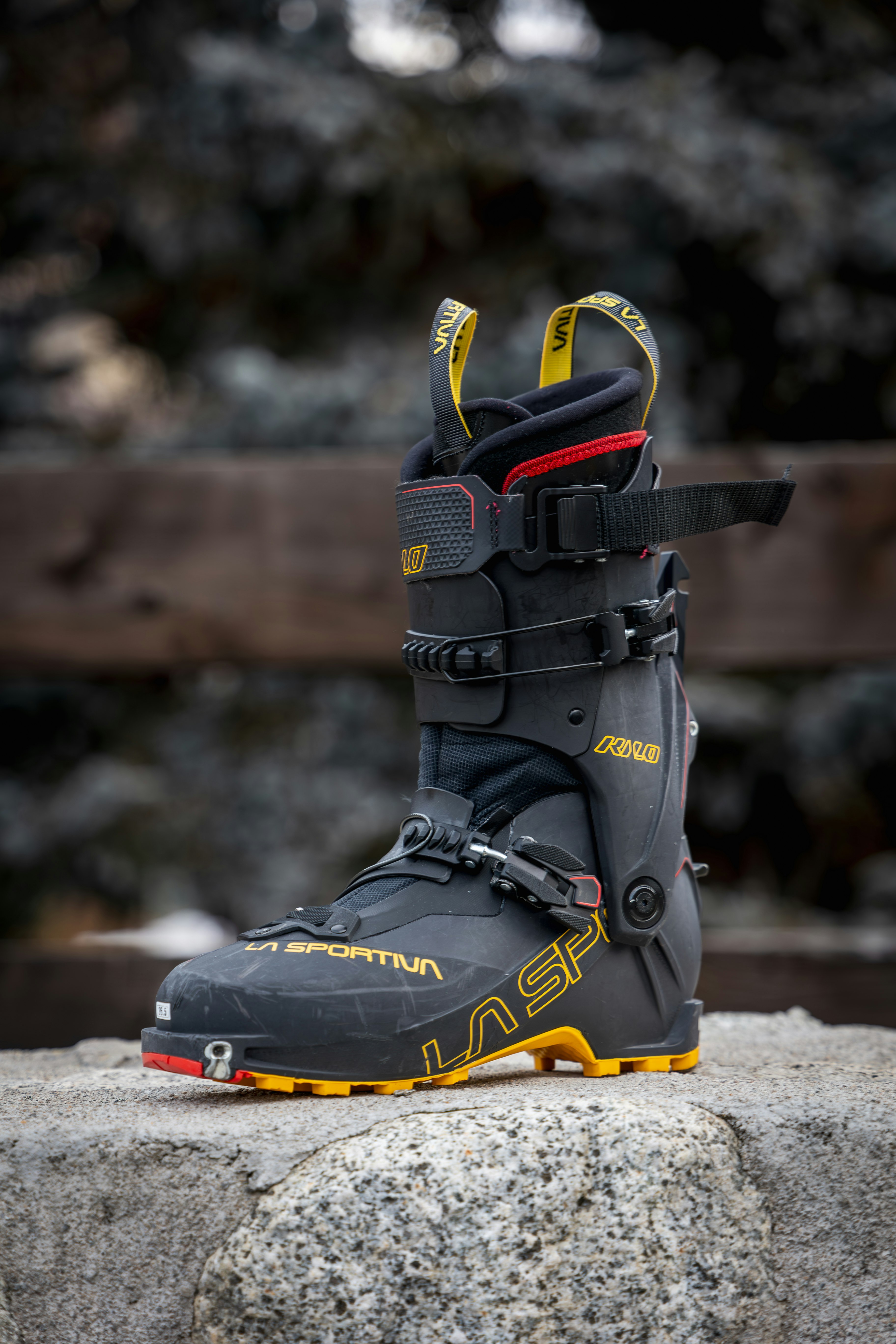
At low speeds there isn’t much flex, you need to know what you’re doing, whereas when you ski harder the plastics flex progressively with no bulging and good elastic return, helping entry into and exit from turns. Compared to the average boot in this segment, it’s incredibly comfortable and easy to walk in, things which have a slight effect on precision when skiing and on the diagonal, though without compromising on performance. Davide concludes: “The buckles are one of its strong points, they’re ergonomic and easy to adjust, unlike in many models in this category. The streamlined ski/walk mechanism hugs the cuff, so you don’t catch it on your trousers or on rocks. It’s a completely different product to anything else Laspo has made, and bound to be a huge success”
What more can we say? It looks like the Kilo was a hit, roll in September. What does it weigh, we hear you ask? We’re sure you can work that one out for yourselves.
Specifiche tecniche
The Brand
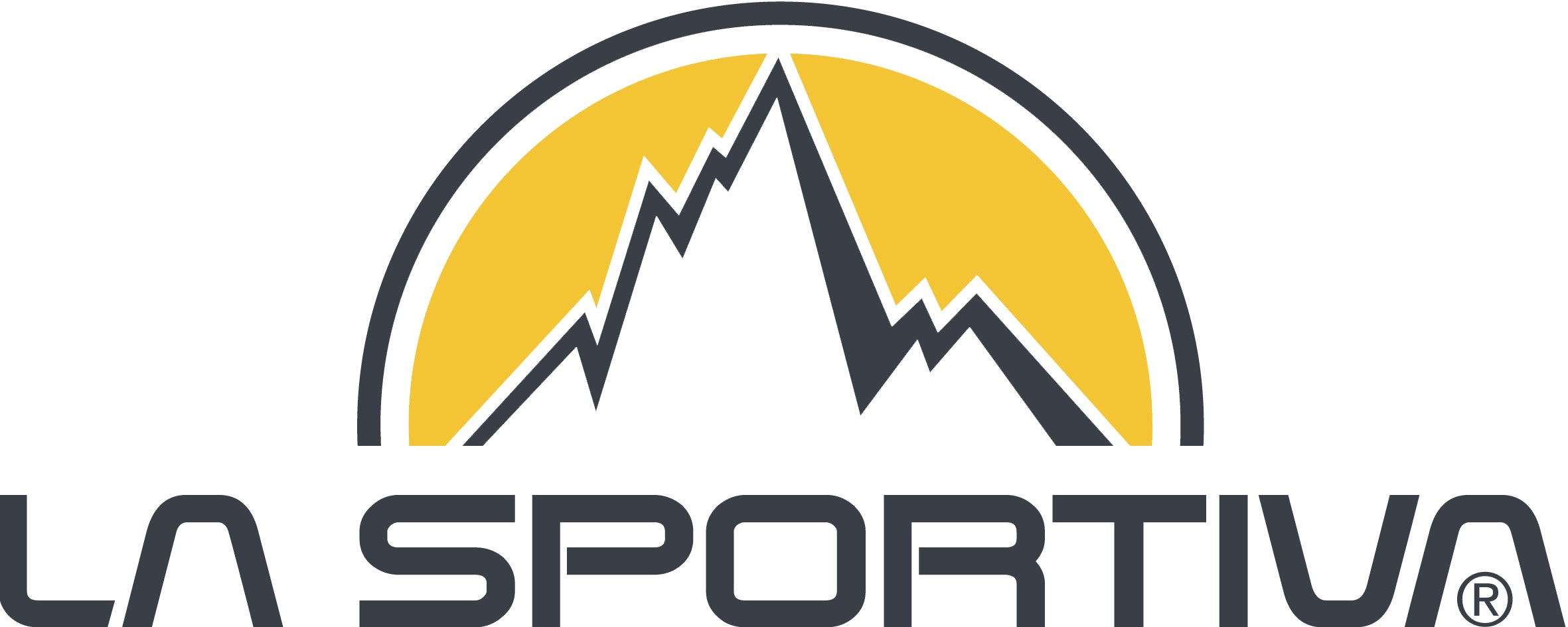
Share this article

